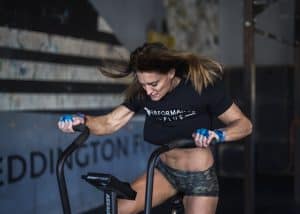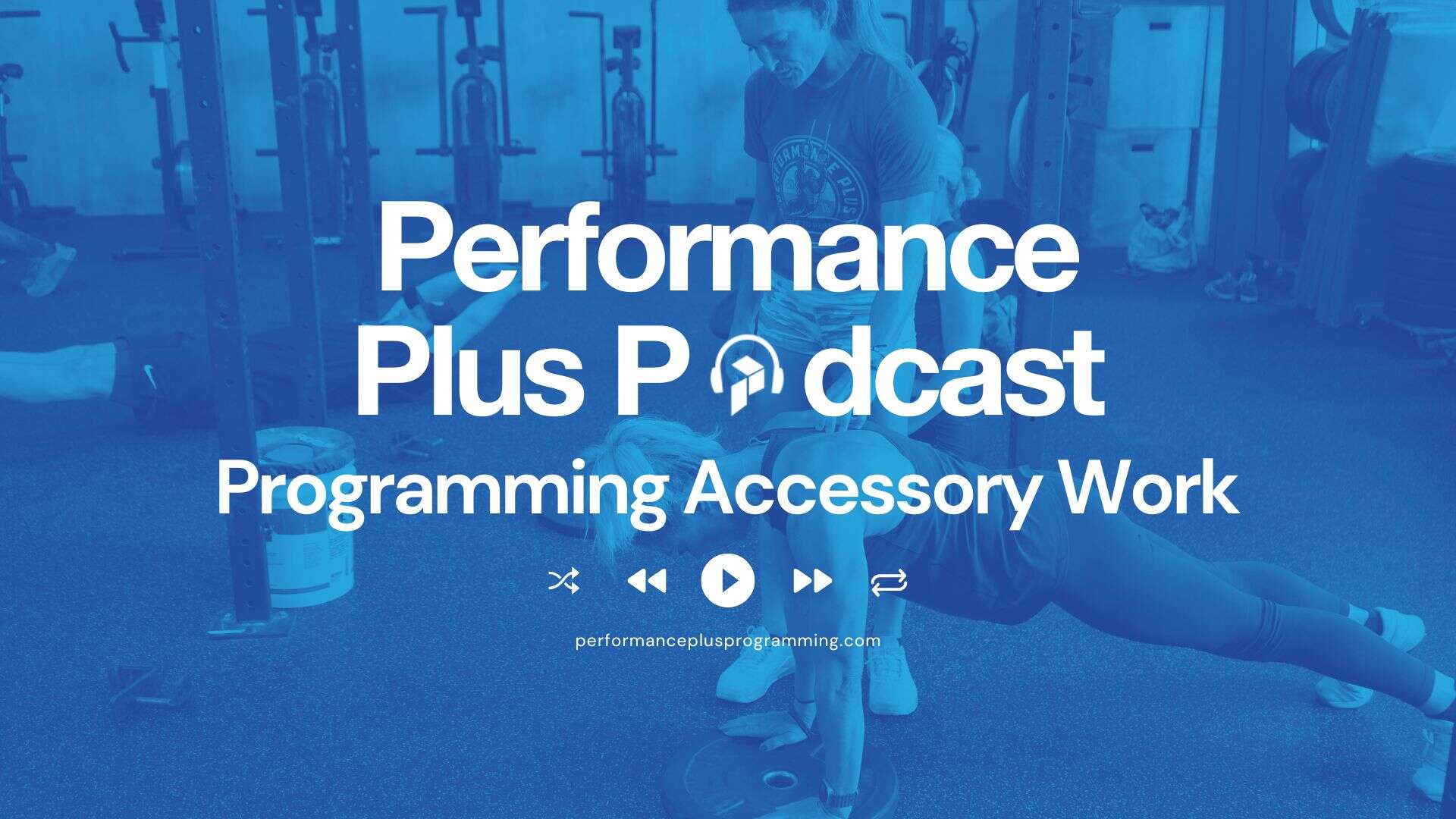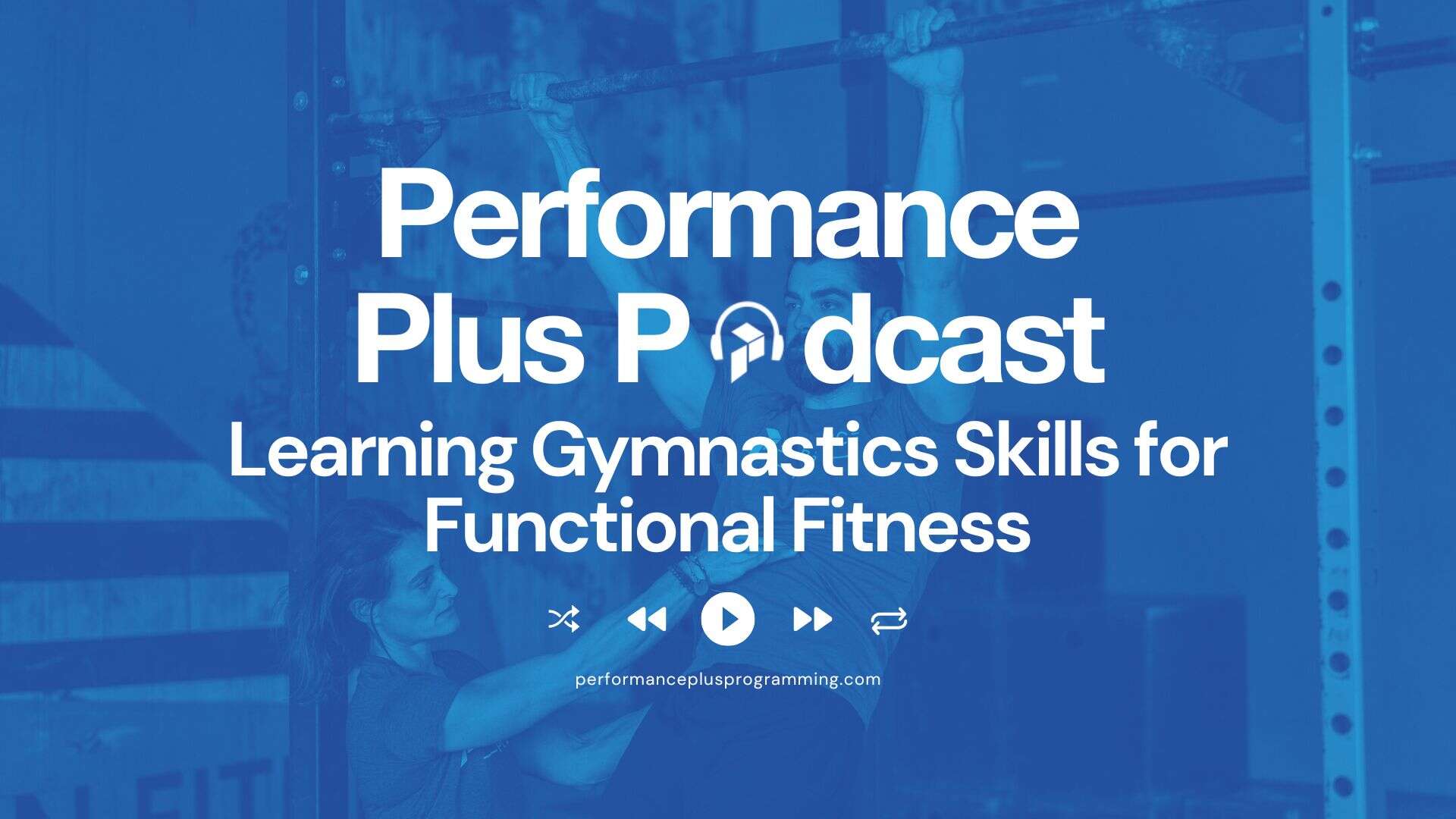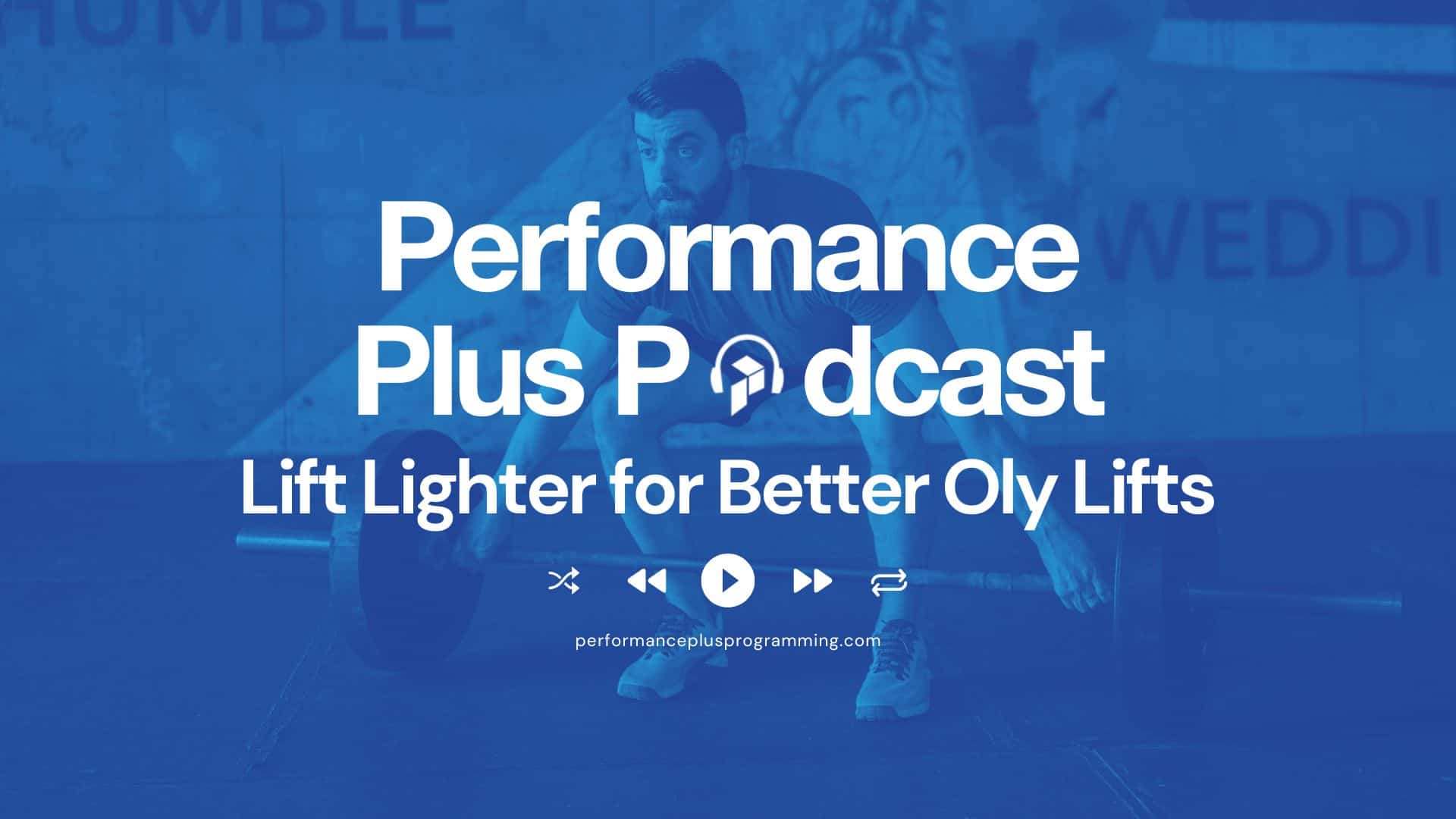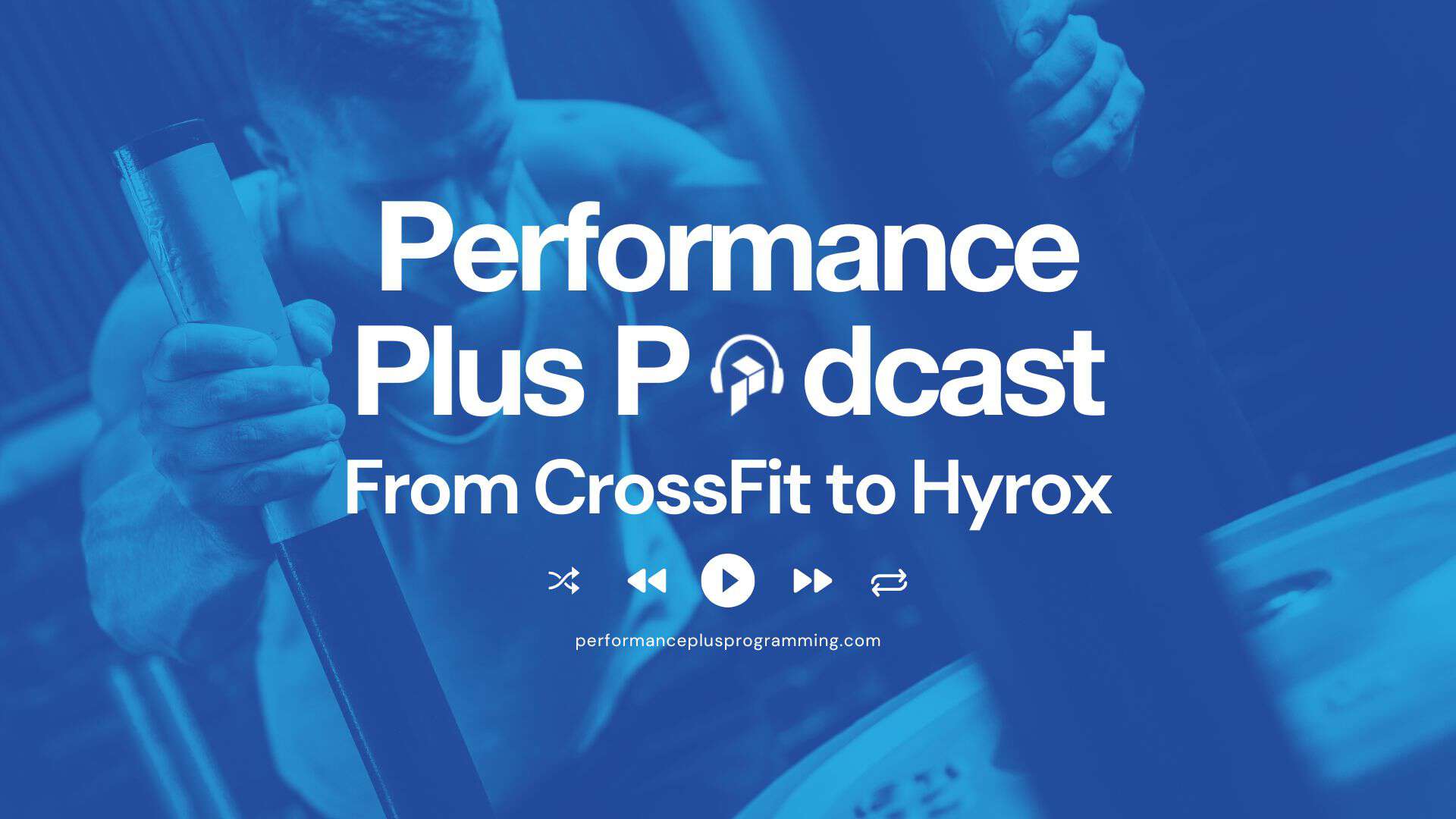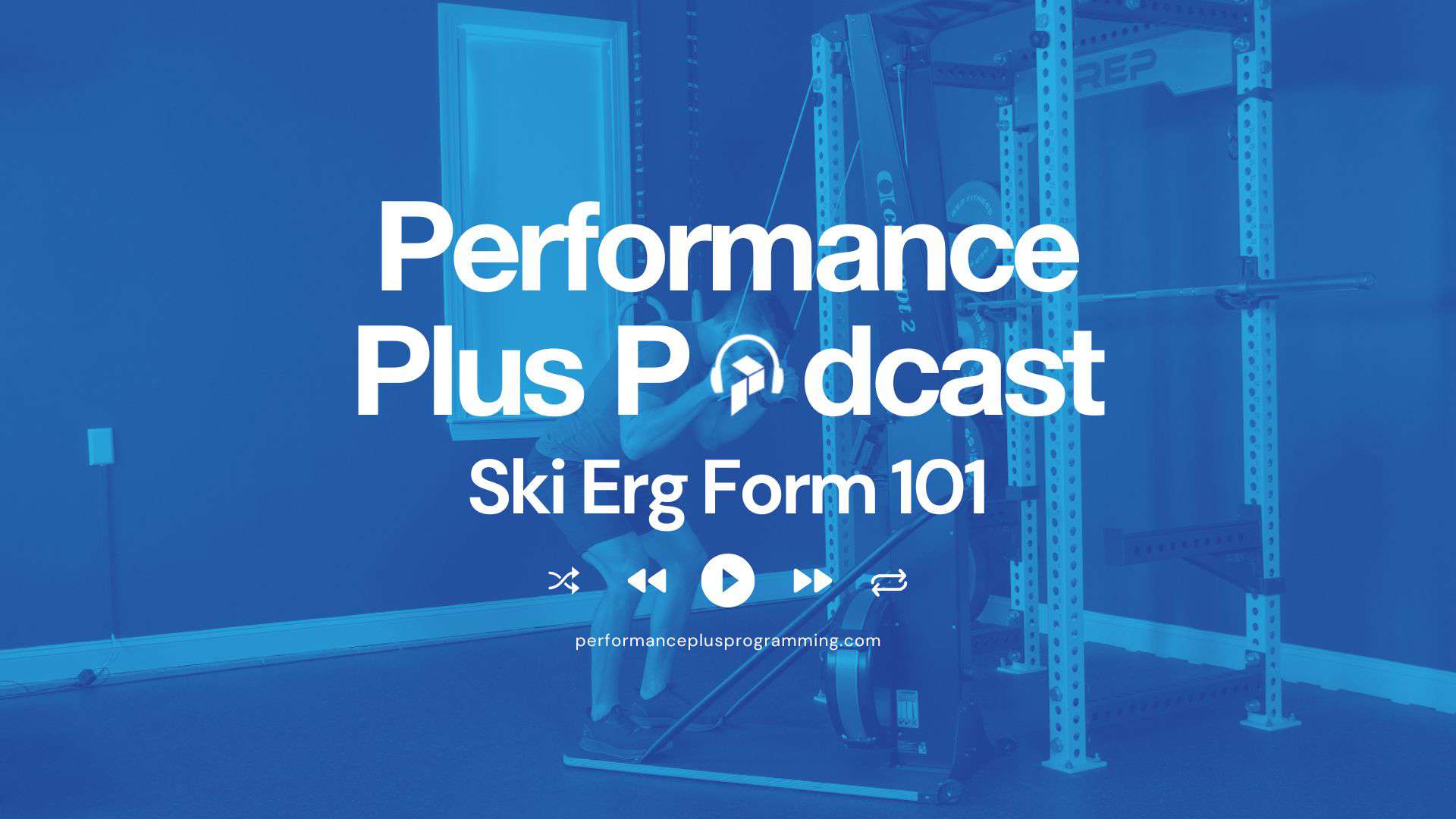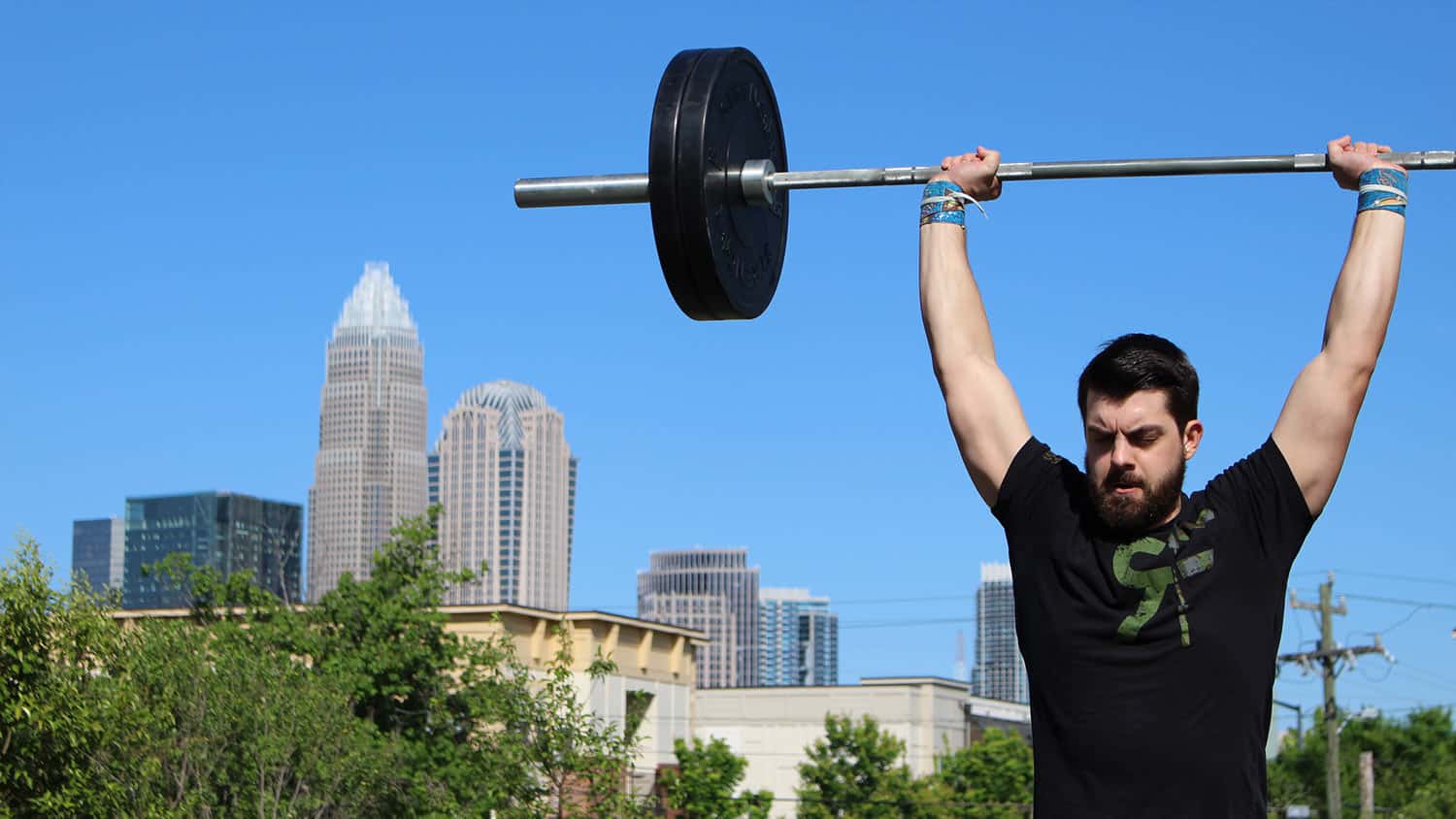
Programming Accessory Conditioning for Fitness Athletes
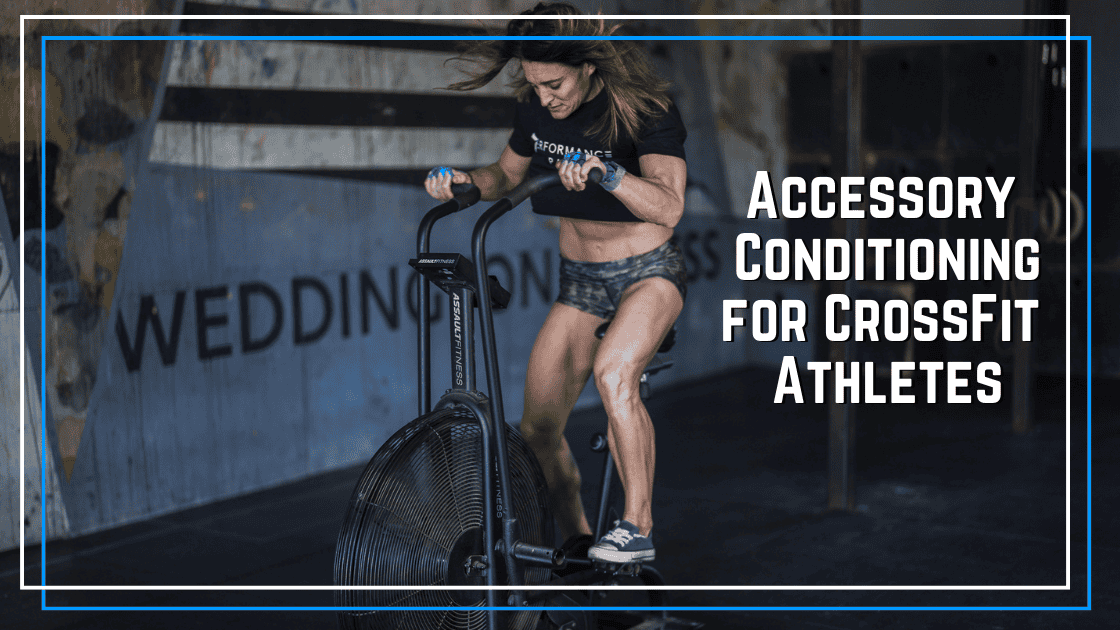
Programming Accessory Conditioning for Fitness Athletes
In CrossFit, three key elements are essential for progress: strength, skill, and conditioning. First, you must be strong enough to lift the required loads. Next, you need to master the skills demanded by the sport. Finally, you must have the conditioning to sustain your performance when the workout is programmed for time. If your “engine” constantly holds back your WOD performance, this article is for you! This article will outline a simple formula for how we program accessory conditioning for fitness athletes who need extra energy system work.
Test Your Baseline Conditioning
The first step in programming accessory conditioning for CrossFit athletes is assessing your baseline conditioning. One of our favorite tests is a 20-minute bike erg session where you aim for max distance while wearing a heart rate monitor. After the test, we’ll record your average heart rate, which represents your lactate threshold heart rate (LTHR).
Why the Bike Erg?
Among all the monostructural exercises, the bike erg is generally the easiest to recover from. This allows us to train hard without significantly impacting the rest of our training. In contrast, running involves a large eccentric load as your muscles and joints absorb the force of each landing, resulting in more fatigue per workout compared to the concentric-only nature of biking. We aren’t saying running isn’t a good option, it just often requires more recovery and modifications to your other training days.
Once we have your baseline, we can design accessory conditioning WODs specifically for CrossFit athletes. We’ll focus on three distinct workout styles to develop different components of your engine. Over the course of six-weeks, progress each of these workouts before re-testing.
Accessory Conditioning WOD #1: Long, Slow Work
This workout involves 60 minutes of continuous cycling at 60-70% of your LTHR.
The goal is to maintain steady movement throughout the entire workout without any rest. This WOD is often mentally challenging for CrossFit athletes accustomed to more varied training, as long, slow sessions on a single piece of equipment can feel monotonous.
For more information on why we program long, slow endurance work, listen to our Zone 2 cardio podcast episode.
Accessory Conditioning WOD #2: Increased Intensity
The second workout increases the intensity. In this WOD, you’ll train for 15-20 minutes at 80-90% of your LTHR. As with the previous workout, the focus is on continuous movement with no rest.
Accessory Conditioning WOD #3: High-Intensity Intervals
The third workout takes the intensity up significantly. You’ll perform 3-4 sets at 90-105% of your LTHR, working for 2-4 minutes with a 2:1 rest ratio. It’s crucial that your heart rate stays within the 90-105% LTHR zone for the entire work period.
Progressing Your Functional Fitness Conditioning
After completing these three conditioning accessory WODs, progress them weekly until it’s time to retest your fitness and start over. If you want to eliminate the guesswork from your accessory conditioning, our “Build Your Engine” programs have you covered. With options for running, rowing, or biking, you can choose the modality that suits your needs, and we’ll help you achieve game-changing results!
Here’s one of our member’s recent progress on the Rower Engine Builder plan:
View this post on Instagram
Related Articles:
